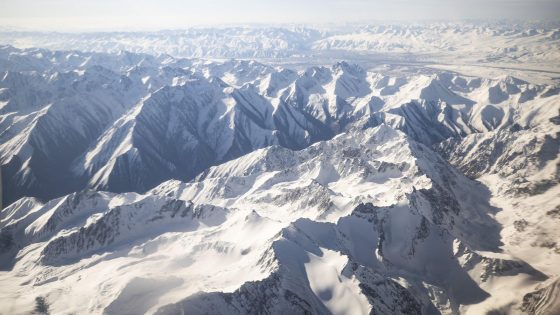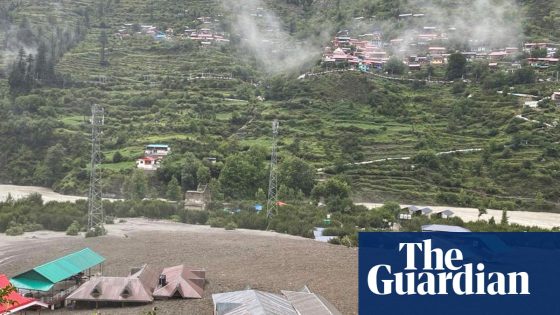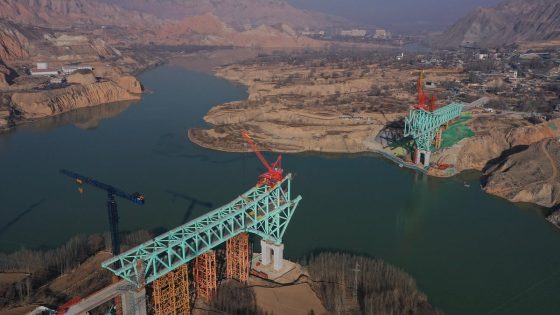A search for a Russian climber stranded on Kyrgyzstan’s highest mountain has been suspended indefinitely due to severe weather conditions. The rescue operation was halted after Italian climber Luca Sinigaglia tragically lost his life attempting to save her on August 15, 2025.
- Search for stranded climber suspended indefinitely
- Natalia Nagovitsyna injured on Victory Peak
- Italian climber died during rescue attempt
- Severe weather hampers rescue operations
- Drone confirmed Nagovitsyna's initial survival
- Historical context of Nagovitsyna's climbing tragedies
Natalia Nagovitsyna, who has been stranded on Victory Peak for nearly two weeks, suffered a leg injury while climbing. As temperatures plummet to -22°F and harsh winds whip through the region, rescuers have faced insurmountable challenges. The latest drone footage indicated she was alive earlier this week, but subsequent checks showed no signs of life.
This tragic situation raises critical questions about the risks associated with high-altitude climbing. Can climbers adequately prepare for such treacherous conditions? What measures can be taken to enhance safety during rescue operations? Consider these points:
- High-altitude rescues are complex and often dangerous.
- Weather conditions can change rapidly, impacting rescue efforts.
- Climbers must be aware of the risks before embarking on such expeditions.
- Support for climbers and rescue teams is crucial in remote areas.
As the world watches, it’s crucial to advocate for better safety measures and support systems for climbers in perilous situations. Will this tragedy lead to necessary changes in the climbing community?

































